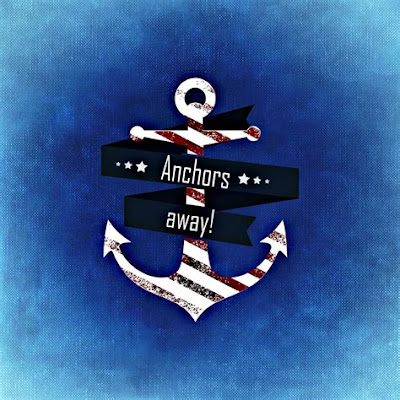When ships drop their anchor in the open sea, the anchor is designed to reach the seabed or ocean floor to secure the ship in place. The anchor's purpose is to dig into the seabed and provide sufficient resistance to the ship's movement caused by currents, wind, or waves. The anchor is connected to the ship by a chain or cable, and the weight of the chain, along with the anchor's design and the angle at which it enters the water, determine how deep it can reach.
The maximum depth at which an anchor can effectively hold a ship in place depends on several factors, including the type and size of the anchor, the weight of the anchor chain, the seabed's composition, and the prevailing weather and sea conditions. In general, anchors are designed to work in a range of depths, from shallow coastal waters to deeper offshore locations.
Some large vessels, such as oil drilling ships and research vessels, are equipped with specialized anchors and anchor systems that can handle very deep water. These anchors may be designed to work at depths of several thousand meters (several kilometers) or more.
However, it's important to note that anchoring in extremely deep waters can be challenging, and the choice of anchor and anchoring technique must be carefully considered to ensure the ship's safety and stability. In very deep waters, alternative methods such as dynamic positioning systems or thrusters may be used to maintain a ship's position without relying on traditional anchors.


No comments:
Post a Comment
Contact The Wizard!
(he/him)